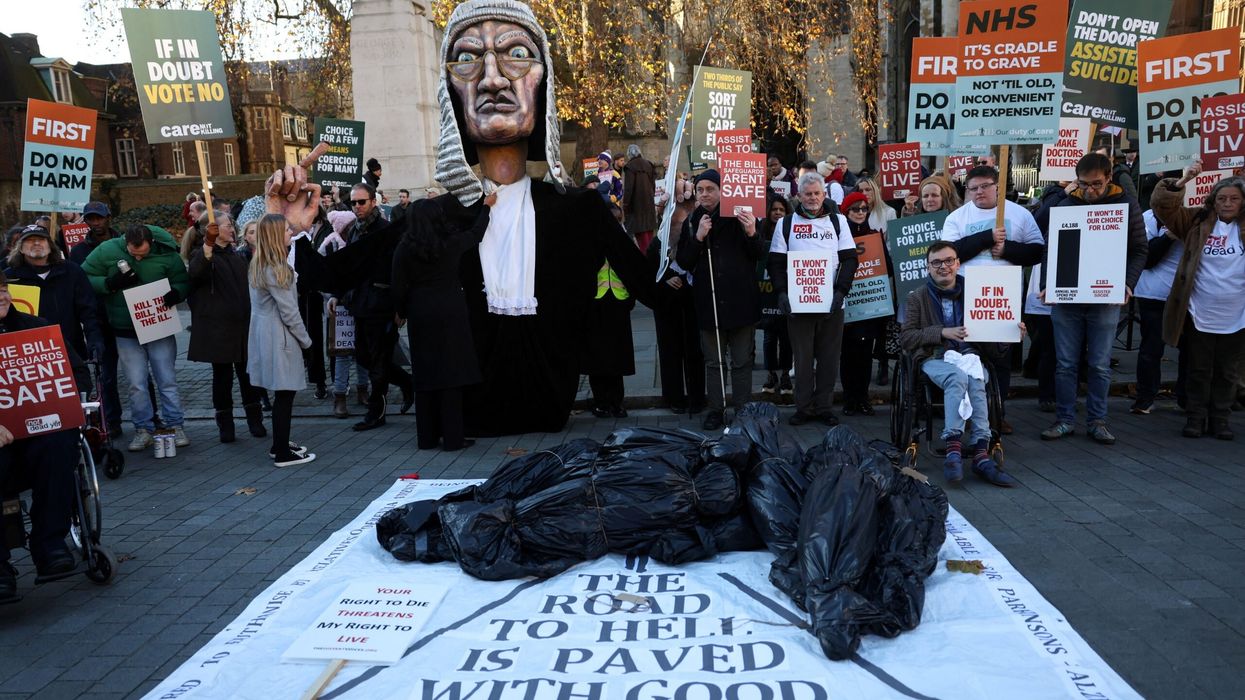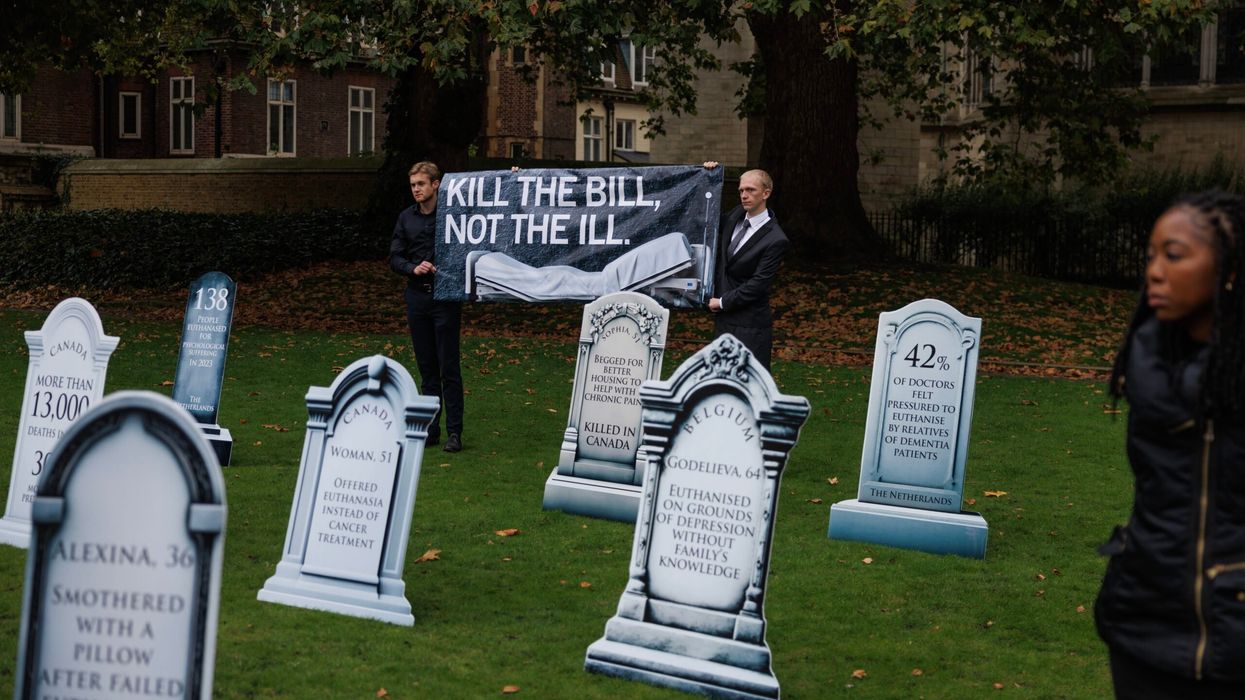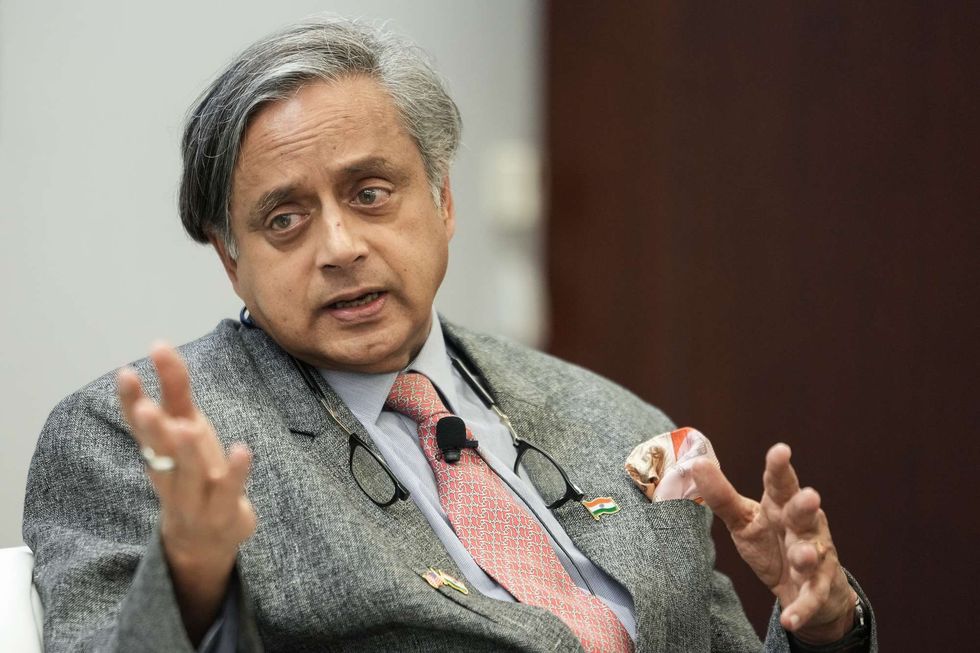by Amit Roy
ALTHOUGH Britain took many treasures from India, the traffic was sometimes two-way, as illustrated by the example of the pre-Raphaelite artist Sir Edward Coley Burne-Jones who designed the stained-glass windows of St Paul’s Cathedral in Calcutta (now Kolkata).
An exhibition of 150 works of Burne- Jones (1833-1898), which has just opened at Tate Britain, will run until February 24, 2019. It is curated by Alison Smith, chief curator, National Portrait Gallery, and Tim Batchelor, assistant curator, Tate Britain.
According to Smith, “Edward Burne- Jones was one of the most influential British artists working at the turn of the last century. He was a painter of dream worlds – he conjured up ethereal realms”.
Through his stained-glass windows, he was able to fulfil his mission of “bringing heaven down to earth”, she added.
St Paul’s Cathedral was built in Calcutta, for long the first city of the British empire, between 1839 and 1847. The 10 stained glass panels on its west window were installed
between 1873-75. The figures in the upper tier have been identified as Enoch, King David, Salvator Mundi, Solomon, and Elijah and those in the lower tier as St Thomas, Charity, St Michael weighing souls, Justice, and St Paul.
A brass tablet at the foot records how Lord Mayo, India’s governor general, was assassinated in 1872: “This window was erected by the order of the government of India to the glory of God and in memory of Richard Southwell Bourke, Sixth Earl of Mayo and Fourth Governor-General of India who was assassinated at Port Blair in the Andaman Islands on the 8th Day of February MDCCCLXXII.”
The design of the window was chosen by Lady Mayo and submitted to the Bishop of Calcutta, Robert Milman, for approval.
It was executed by Morris & Co, 26 Queen’s Square, Bloomsbury, who employed Burne-Jones as their principal artist.
Burne-Jones and William Morris met as undergraduates studying theology at Exeter College, Oxford. After becoming disillusioned with the subject, they switched to architecture and art and collaborated on numerous projects, such as turning out stained-glass windows, for the rest of their lives.
Tate Britain says that “both men were committed to social reform and intended their work to reach a broad audience through beauty of design and execution”.
There is an example of Elijah in the Wilderness, made in 1883, in the exhibition, with the caption: “The Old Testament prophet Elijah is shown with the raven that came to him in the wilderness. The panel is based on a design made in 1874 for one of the 10 large figures for the west window of Calcutta Cathedral which was later recycled for other commissions.
This version with the figure robed in white was sent to the 1883 Foreign Fair in Boston,
Massachusetts, to demonstrate the various skills represented by Morris’s firm.”
There was another India connection, the curator pointed out. Rudyard Kipling, author of The Jungle Book, Kim and other classics, “was Burne-Jones’s nephew”, Smith said. Alice McDonald, an older sister of Burne-Jones’s wife, Georgiana, married John Lockwood Kipling. Their son, Rudyard, was born in India.
The art historian Prof Partha Mitter told Eastern Eye that Burne-Jones got the commission to make the glass windows in Calcutta after a recommendation from Lockwood Kipling.
Smith agreed “this was the case” – the family link helped.





 Shashi Tharoor
Shashi Tharoor Nicolás Maduro arriving at the Down town Manhattan Heliport.
Nicolás Maduro arriving at the Down town Manhattan Heliport.






